Insert Molding
A metal or plastic “insert” is placed within the open mold.
When the mold closes, the insert is held tightly in place by the clamping action of the mold and the plastic is molded around the insert effectively making it a part of the finished component.
Some applications of this are:-
Insert Over Molding
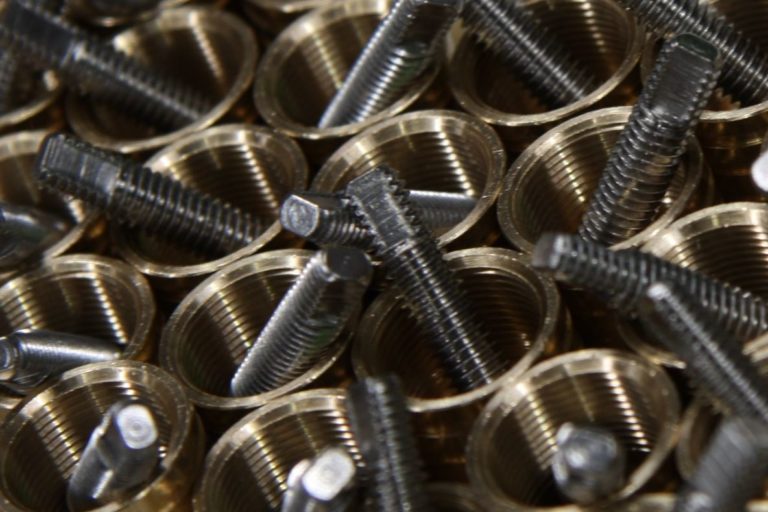 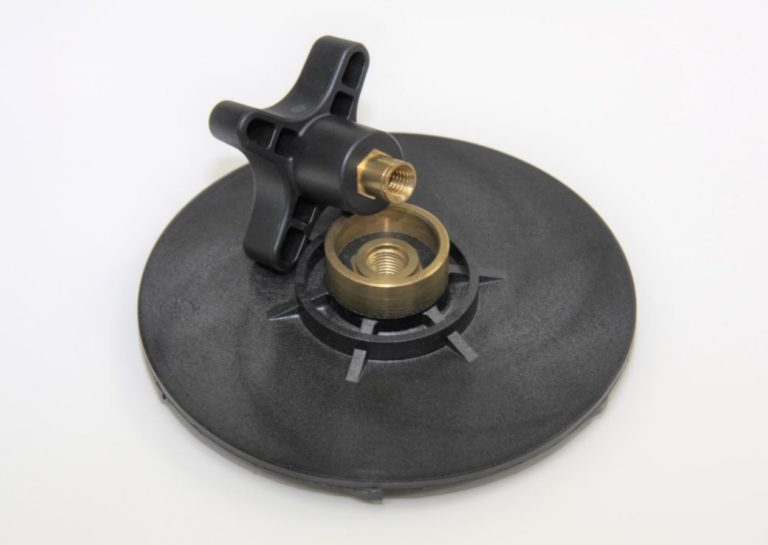 |
Polymer can be molded onto, or over metal components such as threaded inserts which provide a strong, reliable and accurate thread in the finished component. The polymer bonds to the metal and with the application of component design features mechanical bonds add to the overall strength of the finished product.
Often used in electronic housings where in the final application the part will have a mating part that will be removed (unscrewed) and replaced regularly. E.g. fixing the base and cover of housings or attaching a battery cover. We mold many variations of threaded inserts into impellers for pumps. |
Traditional Over Molding
 |
Using two traditional injection molding machines, a part can be molded from the first molding machine and placed into the mold within a different machine where another plastic is molded onto it. The second process is the same as inert molding but in this instance, the insert is made from plastic. If appropriate polymers are chosen, a strong chemical bond is achieved and when combined with good product design, a mechanical bonds add to the strength of the finished product. Our engineers can assist with advice on material selection and part design. |
Transfer Over Molding
There are many variations to transfer over molding which is essentially automated traditional over molding:
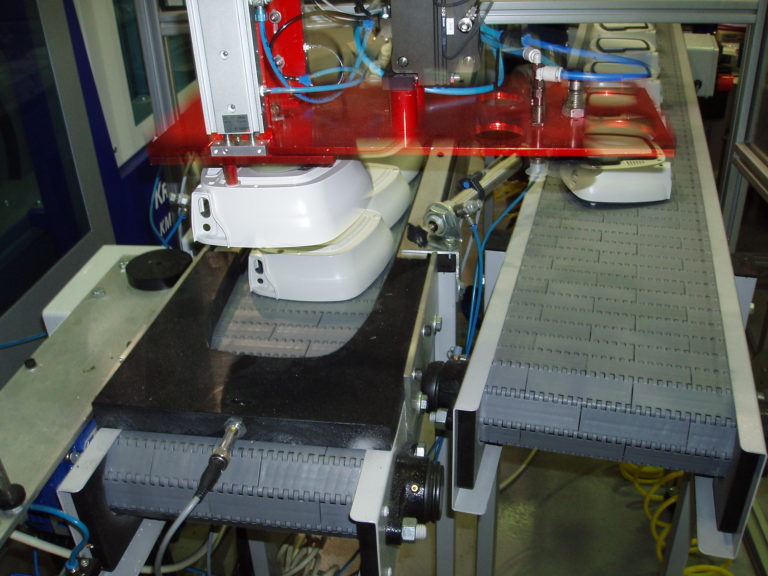 |
Using two traditional injection molding machines, a part can be molded and unloaded from the mold area by a robot which places it on a jig or a conveyor beside the machine. The robot on an adjacent machine then picks up the part and places it into the mold in a different machine where the over molding operation is completed. |
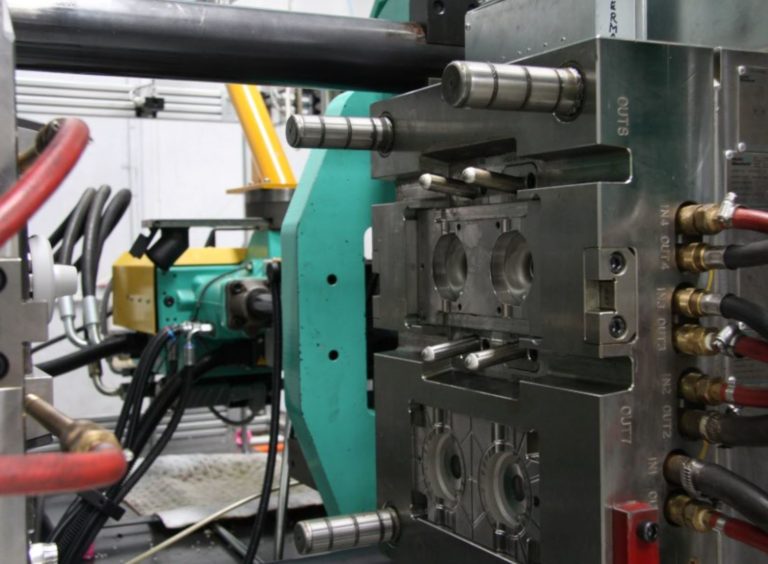 |
Using an injection molding machine that has two or more injection units and a single mold that has built within it separate cavities for both base mold and over mold. After molding the base mold part, it is removed from the cavity and placed, usually by robot, into the over mold cavity. With each shot, both a base mold and an over mold component are produced. the video below demonstrates this principle in our Arburg 2K injection molding machine. |
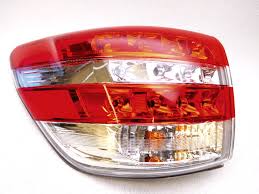 |
A rigid plastic “base mold” is placed into a mold and different plastic, or the same plastic in a different color is molded over it or adjacent to it. This is often used when molding automotive tail lamp lenses. When large quantities are required this usually is replaced by transfer over molding or co molding. Read below for more information about these processes. |
Co Molding
 |
The ultimate over molding technology. This can only be applied to components that have been designed specifically to suit the process. After filling the base mold cavity and allowing time for the plastic material to cool, a core is pulled to enlarge the cavity and reveal a second gate. A second injection unit containing a different plastic material then injects through the newly exposed gate to fill the enlarged cavity. |
The picture above shows a component that has a TPE strip co molded to a rigid base component.
Pictured is the front and rear of the component.
The rear shows the where the component is gated.
Our engineers can analyse your design to determine if it is suited to this application.
